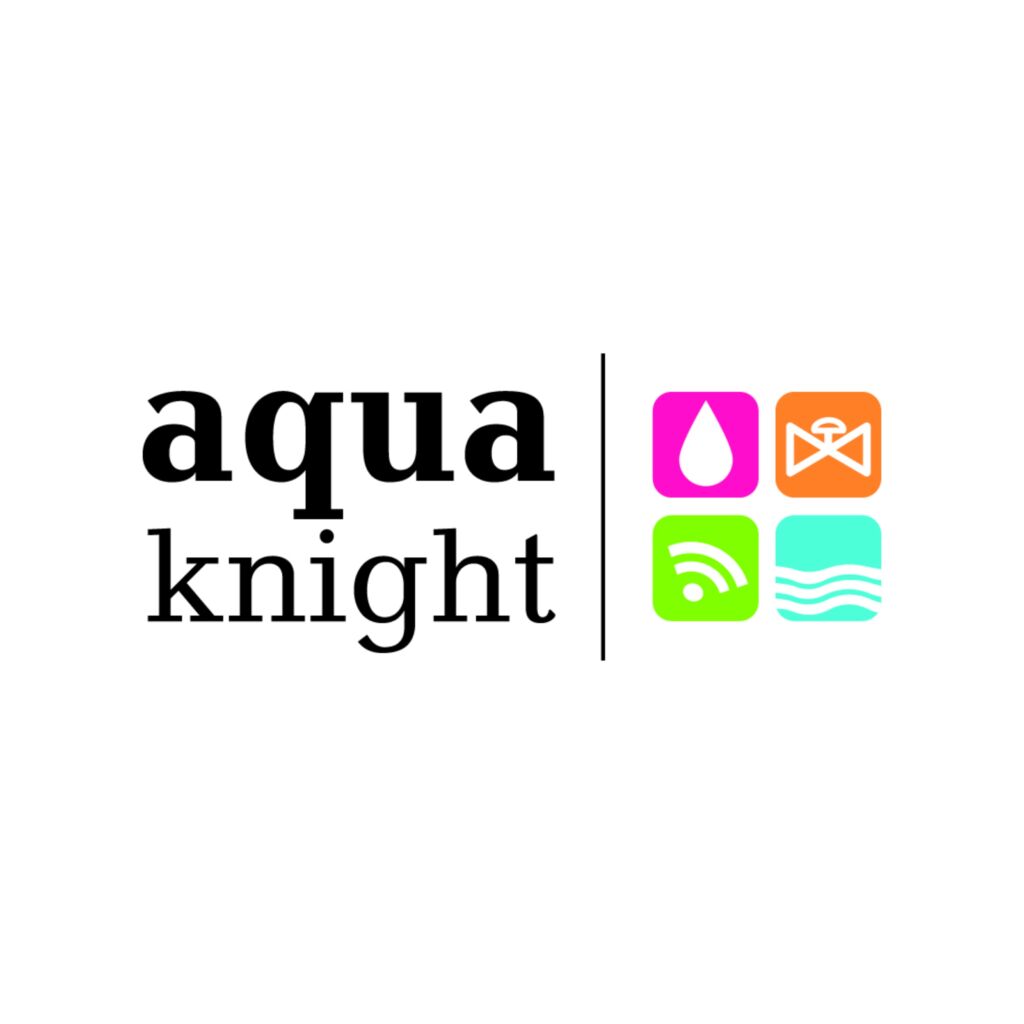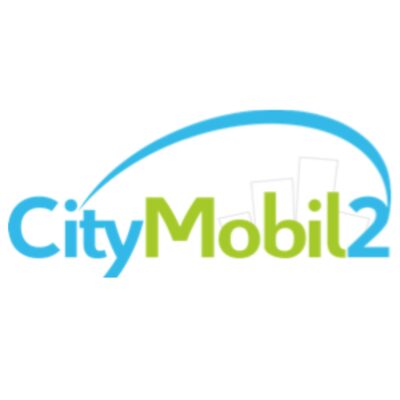TEACHBOT: Intelligent Child-Robot Interaction System for designing and implementing edutainment scenarios with emphasis on visual information. In this project, a robust intelligent robotic system will be developed for the design and execution of edutainment scenarios, focusing on child action and emotion recognition. The three main research directions can be summarized as followed: development of novel,…
Category Archives: Completed Projects
5G-PHOS aims to develop novel 5G broadband fronthaul architectures and evaluate them for Ultra-Dense and Hot-Spot areas exploiting the recent advances in optical technologies towards producing a powerful photonic integrated circuit technology toolkit. It aims to capitalize on novelties in InP transceiver, Triplex optical beamformers and multi-bitrate optical communications into next generation fronthaul in order…
Creating new data-intensive services in terms of dataset size and data processing is an onerous and costly process that requires deep expertise. It requires high performance beyond what commodity systems can achieve, describing business logic typically by writing applications code, complex software stacks that are hard to deploy and maintain, and the need to use…
Accident Avoidance by Active Intervention for Intelligent Vehicles The interactIVe project is co-funded by the European Commission in the 7th Framework Programme and its full title is “Accident avoidance by active intervention for Intelligent Vehicles”. It addresses the development and evaluation of next-generation safety systems for Intelligent Vehicles, based on active intervention. Safety technologies have shown outstanding…
The general objective of the eCall project is the development of a national pilot system of the pan-European automated initiative “eCall” dealing with emergency calls in the transportation sector. The pan-European “eCall” system was developed based on the initiative of the eSafety forum and its use within the European cars aims at significant live saving…
Specification, Implementation, Field Trial, and Standardisation of the Vehicle-2-Grid Interface PowerUp aims to develop the Vehicle-2-Grid (V2G) interface, involving a full development cycle of physical/link-layer specification, charging control protocol design, prototyping, conformance testing, field trials, and standardisation. Its results will ensure that Fully Electric Vehicles (FEVs) smoothly integrate into emerging smart-grid networks. V2G technology will…
The innovative use of virtual and mixed reality to increase human comfort by changing the perception of self and space. VR-Hyperspace is a 7th Framework Programme project running from October 2011 to September 2014. VR‐HYPERSPACE will carry out fundamental research and development leading to a paradigm shift in relation to passenger comfort. The project adopts radical…
AQUA KNowledge and Innovation transfer for water savinG in tHe mediTerranean basin. Mediterranean water resources are extremely under stress, especially in the south and east shore. In Jordan, Lebanon and Tunisia, water demand constantly increases, while water use efficiency can still be considered as limited. These are the two most critical factors regarding the sustainability…
Mobility2.0 will develop and test an in-vehicle commuting assistant for FEV mobility, resulting in more reliable and energy-efficient electro-mobility. In order to achieve a maximum impact, Mobility2.0 takes an integrated approach of addressing the main bottlenecks of urban FEV mobility: ‘range anxiety’ related to the limited FEV range, scarcity of parking spaces with public recharging…
Cities demonstrating cybernetic mobility. CityMobil has demonstrated how automating road vehicles can lead to different transport concepts, from partly automated car-share schemes through CyberCars and Personal Rapid Transit (PRT), to Bus Rapid Transit (BRT) which can make urban mobility more sustainable. However CityMobil has also highlighted three main barriers to the deployment of automated road…








